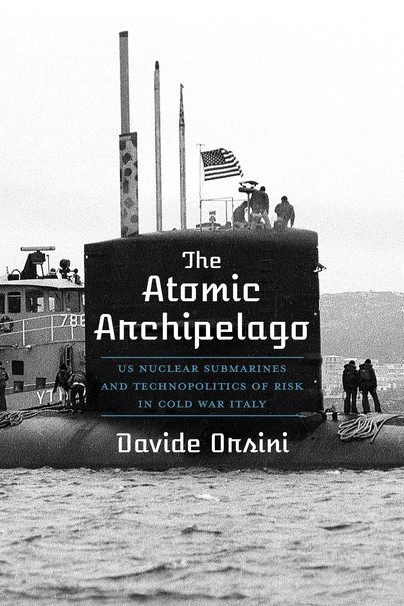The Atomic Archipelago (Hardback)
US Nuclear Submarines and Technopolitics of Risk in Cold War Italy
Imprint: University of Pittsburgh Press
Series: Intersections: Histories of Environment
Pages: 332
Illustrations: 34 b&w illustrations
ISBN: 9780822947189
Published: 28th September 2022
Script Academic & Professional
Series: Intersections: Histories of Environment
Pages: 332
Illustrations: 34 b&w illustrations
ISBN: 9780822947189
Published: 28th September 2022
Script Academic & Professional
Usually available in 6-8 weeks.
You'll be £47.00 closer to your next £10.00 credit when you purchase The Atomic Archipelago. What's this?
+£4.99 UK Delivery or free UK delivery if order is over £40
(click here for international delivery rates)
Need a currency converter? Check XE.com for live rates
(click here for international delivery rates)
Need a currency converter? Check XE.com for live rates
In 1972, the US Navy installed a base for nuclear submarines in the Archipelago of La Maddalena off the northeastern shore of Sardinia, Italy. In response, Italy established a radiation surveillance program to monitor the impact of the base on the environment and public health. In the first systematic study of nuclear expertise in Italy, Davide Orsini focuses on the ensuing technopolitical disputes concerning the role and safety of US nuclear submarines in the Mediterranean Sea from the Cold War period to the closure of the naval base in 2008. His book follows the struggles of different groups--including local residents of the archipelago, US Navy personnel, local administrators, Italian experts, and politicians--to define nuclear submarines as either imperceptible threats, much like radiocontamination, or as efficient machines at the service of liberty and freedom. Unlike inland nuclear power plants, vividly present and visible with their tall cooling towers and reactor containers, the mobility and invisibility of submarines contributed to an ambivalence about their nature, perpetuating the idea of nuclear exceptionalism. In Italy, they symbolized objects in constant motion, easily removable at the first sign of potential harm. Orsini demonstrates how these mobile sources of hazard posed special challenges for both expert assessments and public understandings of risk, and in contexts outside the Anglo-Saxon world, where unique social power dynamics held sway over the outcome of technopolitical controversies.
Other titles in the series...
Other titles in University of Pittsburgh Press...





















